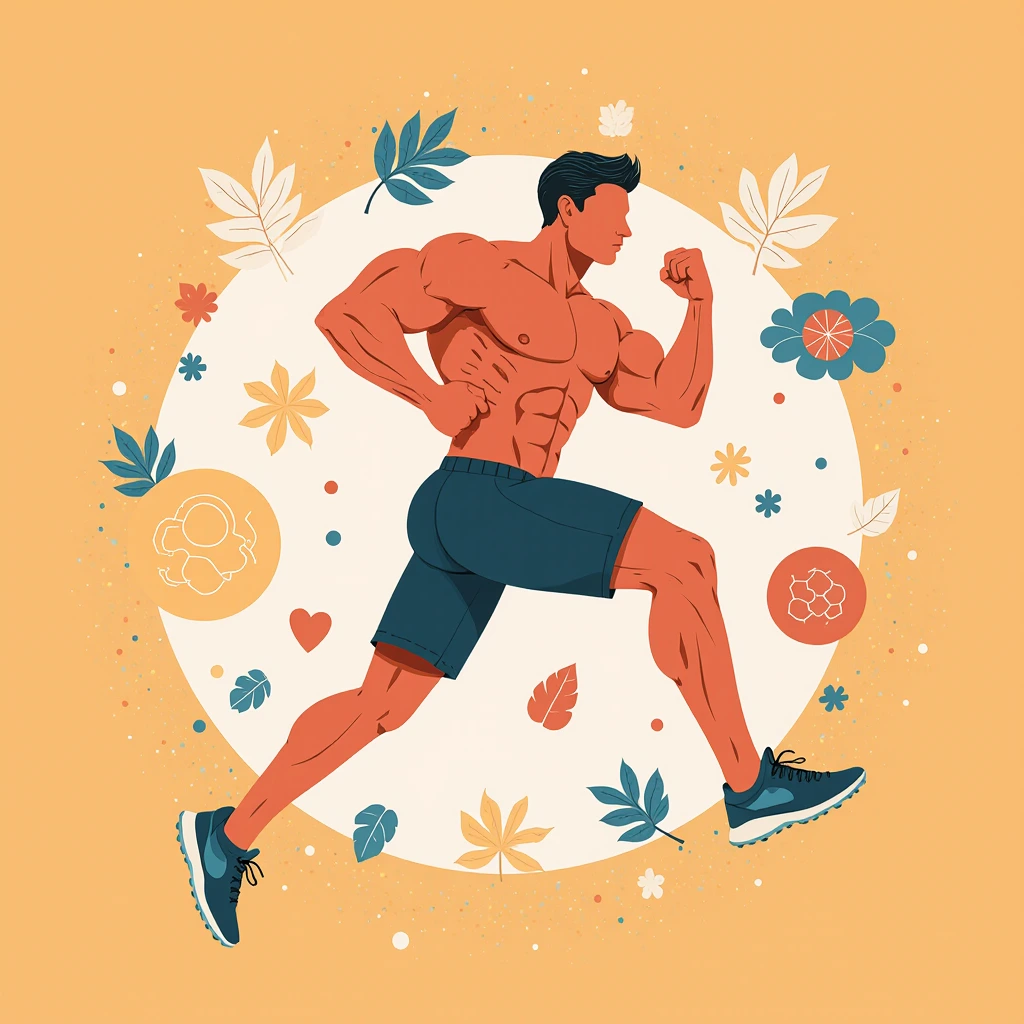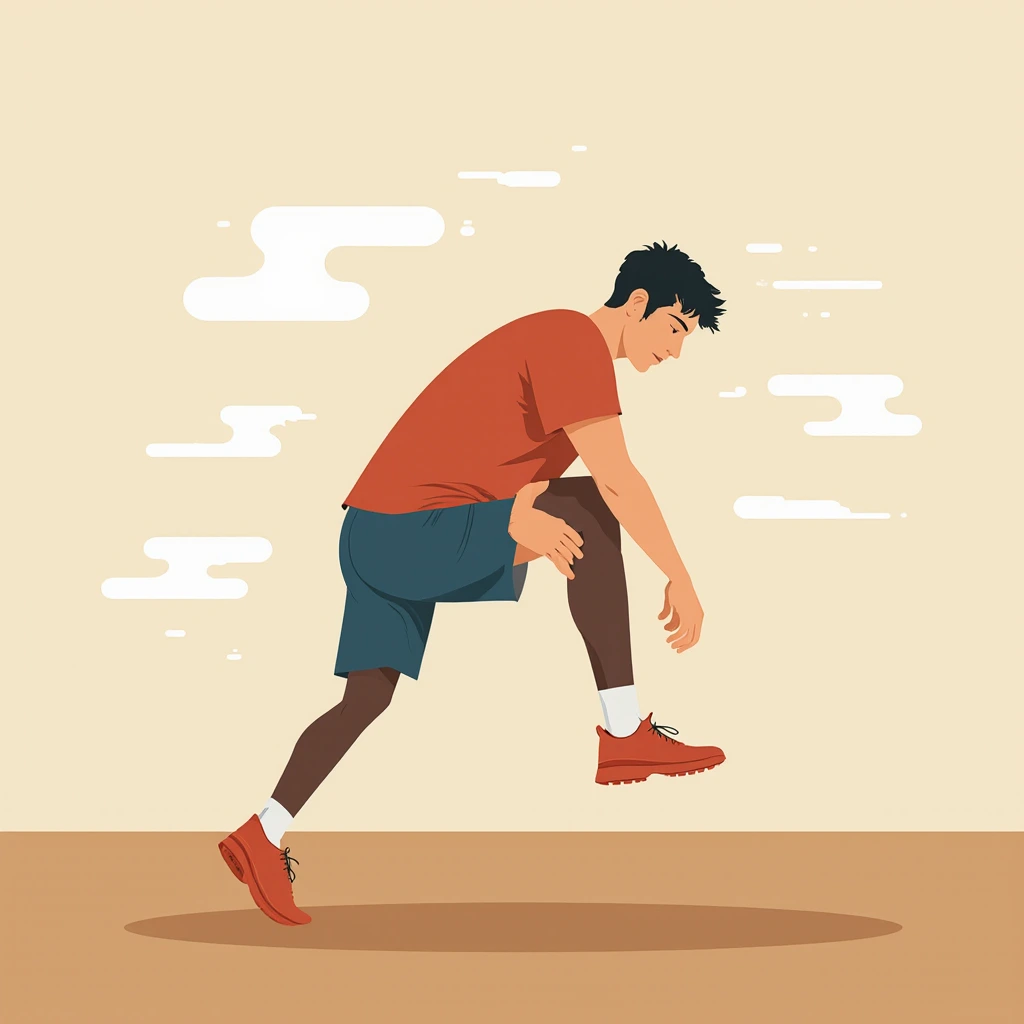Stay Active, Stay Strong – How Daily Movement Builds a Better You
Modern life makes it easy to stay still. Many of us spend hours sitting at our desks, scrolling on our phones, or watching TV. Yet, our bodies were designed for motion. Staying active isn’t just about looking fit—it’s about feeling alive, strong, and balanced. Moving your body each day helps you maintain physical strength, emotional stability, and a positive mindset. The more you move, the more energy and vitality you create for yourself. It’s not about perfection or intensity—it’s about making daily movement part of who you are.
![]()
1. The Foundation of a Healthy Life
Movement is the foundation of health. When you stay active, your muscles, bones, and organs work in harmony. Regular movement strengthens the heart, improves circulation, and boosts lung capacity. It keeps your metabolism efficient and your body flexible. On the other hand, a sedentary lifestyle slows everything down—your blood flow, digestion, and even your mood. Your body thrives when it moves, and it suffers when it doesn’t.
Health experts agree that even light activity—like walking, cleaning, or taking the stairs—can make a meaningful difference. You don’t need to run marathons or lift heavy weights to be healthy. What matters most is that you keep your body in motion throughout the day.

2. How Movement Transforms Your Mind
The benefits of staying active go far beyond the physical. Movement deeply influences your mental and emotional well-being. Exercise increases the production of dopamine and serotonin—chemicals that make you feel happier and calmer. It reduces anxiety, improves focus, and helps manage stress more effectively. Many people find that a morning jog or an evening walk clears their mind and resets their mood after a long day.
Movement also builds confidence. When you challenge your body, you develop discipline and self-trust. Completing a workout or simply sticking to your routine reminds you that you’re capable and strong. These mental gains often extend to other areas of life—work, relationships, and personal growth.

3. Small Steps, Big Impact
One of the best things about movement is that every bit counts. You don’t need hours of exercise to see results. A few minutes of stretching, a brisk 10-minute walk, or some squats during a break can add up over time. The goal is to move often and make it a natural part of your daily rhythm.
Start with simple habits: park a little farther from your destination, take short walk breaks during work, or do gentle yoga before bed. Gradually, your body will crave movement, and it will become second nature. What matters most is consistency, not perfection.
4. Movement That Fits Your Lifestyle
Everyone’s life is different, so your approach to staying active should match your lifestyle. If you have a busy schedule, short workouts or active chores can still keep you healthy. If you prefer social interaction, try joining a dance class or a hiking group. If you enjoy quiet time, yoga or tai chi might be perfect for you. Movement is not one-size-fits-all—it’s about finding what works best for your personality and schedule.
When you choose activities that bring joy, you’re more likely to stay committed. The goal is to make movement something you look forward to, not something you feel forced to do.
5. The Power of Routine and Motivation
Staying motivated can be challenging, especially when life gets busy. That’s why having a routine helps. When you set aside a specific time for movement—like a morning walk or a lunchtime stretch—it becomes a natural part of your day. Set small, realistic goals and track your progress. Celebrate milestones, even small ones, because they keep you motivated.
It also helps to find accountability partners—friends, coworkers, or family members who share your goals. When you move together, it becomes more enjoyable and less of a chore. Remember, staying active is a long-term investment in yourself, not a short-term task.

6. Strength, Balance, and Flexibility
To get the most from daily movement, aim for a mix of strength, balance, and flexibility exercises. Strength training builds muscle and supports your bones. Balance exercises improve coordination and prevent injuries. Flexibility keeps your joints healthy and reduces stiffness. Together, they create a strong foundation for lifelong mobility and independence.
You don’t need a gym to achieve this balance. Bodyweight exercises like push-ups, planks, lunges, and stretches are incredibly effective. Even household chores can count as strength or endurance training when done with intention.
7. Movement and Longevity
Staying active is one of the most powerful ways to add quality years to your life. Regular exercise helps prevent diseases such as diabetes, hypertension, and arthritis. It improves memory, strengthens immunity, and enhances sleep. Active people tend to feel younger, more energetic, and more engaged in life.
In older adults, movement keeps the body agile and the mind sharp. Walking, swimming, or light stretching can dramatically improve balance and reduce the risk of falls. Movement also combats loneliness by connecting people through group activities, outdoor adventures, or community classes.
8. Move for Joy, Not Obligation
One of the greatest mindset shifts you can make is to see movement as pleasure, not punishment. Exercise doesn’t have to be intense or competitive. It can be peaceful, creative, and fun. Dancing, gardening, hiking, or even playing with your kids can all count as movement. When you enjoy what you do, staying active feels effortless.
Instead of focusing on burning calories, focus on how movement makes you feel. Notice how your body feels lighter, your mood lifts, and your mind becomes clearer. When you move for joy, you naturally build a sustainable and lasting habit.
9. Practical Ideas to Keep Moving
- Take walking meetings: Turn discussions or phone calls into short walks.
- Stretch every hour: Set reminders to stand, move, and stretch your muscles regularly.
- Use active transportation: Walk or bike instead of driving short distances.
- Play with pets or kids: Their energy will keep you moving without even realizing it.
- Join a fitness challenge: Setting a fun goal keeps you accountable.
- Move mindfully: Focus on breathing and posture as you walk or stretch.
10. The Reward of Staying Active
When you commit to daily movement, the rewards go far beyond fitness. You’ll notice improved energy, sharper focus, and greater confidence. You’ll sleep better, handle stress more easily, and feel more connected to your body. Over time, staying active becomes part of your identity—it’s simply who you are.
Movement teaches resilience, patience, and gratitude. It reminds you that your body is capable, adaptable, and designed to thrive. Every step, stretch, and breath brings you closer to balance, vitality, and joy.
11. Final Thoughts
Staying active is one of the simplest yet most powerful choices you can make for your health and happiness. You don’t need fancy equipment or hours of free time—you just need to start. Move a little more today than you did yesterday. Celebrate your progress, no matter how small. Your future self will thank you for every effort you make now.
So stay active, stay strong, and keep moving—because life feels better when your body is in motion.